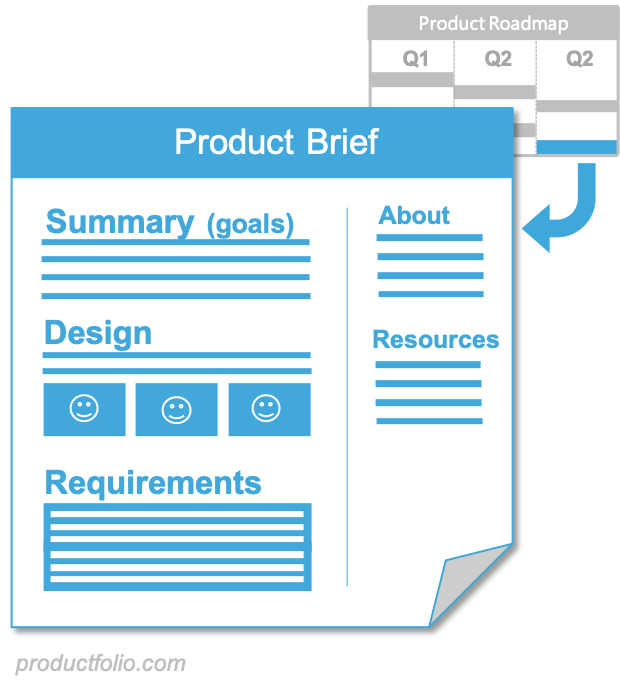What Are Product Specs?
Product specification (Also called Product brief) refers to a product document that outlines the requirements for a new product feature or functionality. It is a sort of blueprint containing vital information such as business needs, goals, and many other essential details. It helps the team in building a successful product.

A good product spec is concise, and not overly technical. It should seek to answer the following questions:
- What is the company building, and why is it building it?
- What is the new feature meant to achieve?
- How will we measure success?
Why are the Product Specs Important?
The Product Spec is a vital step in the early stages of product development and requires the team to implement critical thinking during these stages of fleshing out a new product idea. It should effectively communicate what the team is building and for whom they are building.
The outcome of the product should also be clearly defined, and also, it should provide some essential context for those building the product. This document serves as the guideline for the team and should be followed throughout the development process.
An great product spec should have clarity that streamlines the process of development, keeps the team on track, and ensures avoiding any costly miscommunication with the team.
Here’s What Should Be Contained on the Product Specs
Product Summary – It should contain a summary of the product idea and a complete overview of the final product, timeline, and features. It should also provide the “Why,” of the product that is being created by the team.
Business case – It should clearly describe the business case for creating the product, its benefits and outline the total requisite budget for the development under discussion.
User Stories – This is a brief perspective of the user summaries that describes the features of the product. This is the question being asked – What is the targeted user trying to do with the product?
User Personas – This is a rough and physical design of the product. Usually, it starts with a technical drawing or a simple sketch that grows and develops into a development process.
Functional Spec – This is usually a written document that includes all the capabilities of the product and how it is supposed to interact with the users.
Steps of Writing a Product Spec
Step 1 – Customer Feedback data
This is the best place to start looking for problems. The customer feedback contains complaints, product suggestions, questions, and requests for features. It is critical not to take this literally. This is because the customers are not necessarily asking for a mandate.
You are investigating the problem areas for each item of feedback; it is a data point that helps you get to the root of the problem.
Step 2 – Breaking down the problems into hypotheses
So, once you have identified the issues in the product, you should continue to understand the scope of what you could be dealing with. For example, if the customer feedback says that you have a massive problem in your hands, then there is no quick fix with this one, and you shall need to re-do the entire process again.
When considering the kind of ideas that will fix the problems, we suggest that you try breaking them down into the following categories;
- Essentials
- Nice-to-haves
- Delightful
Step 3: Open up discussions across the company.
Writing down the Product Specs is a great way to find out all the irritating design decisions you have already made, both large and small. Also, it will help you find out the covered-up mistakes resulting from not having a product spec.
Step 4 – User Testing using the Closest Customers
Every step you have taken so far probably looks very good on paper, but sooner or later, reality will come biting. Things are likely to change when you put the prototype up for the users. It is time to see whether all the assumptions you have made will hold up with the customers and how they will react to the product.
User Testing is all about checking on the risks to the product and trying to minimize them. It is much cheaper to repeat this step than going live with a product that will easily blow up in your face.
Step 5 – Sending to Development
This is the last step, but remember, those product specs are always a work in progress. Even when the development seems to go flawlessly, the QA is always a different story altogether. Once you have started clicking around, you may end up discovering a few things here and there that you may have missed, and it is advisable to harsh them out before you proceed to the development process.
But once everything looks excellent and you have tested and re-tested the product, then it’s time to move on to the development process.
Summary
The Product Specs are great for the team because they eliminate any doubts or problems that the product may experience in the future. Before you give the team the green light to go into development, make sure you have gone through all the steps in detail, and if possible, you could do a few of the steps twice to be sure. All the best.


